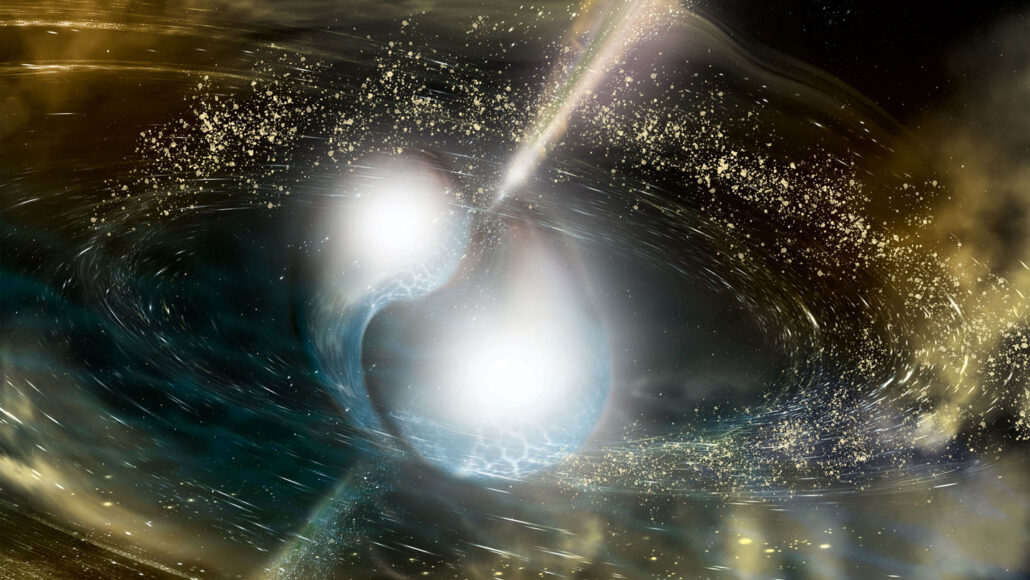GM wheat takes a 136,000-acre step forward
By Sean Pratt
WESTERN PRODUCER
Published: November 4, 2021

A total of 225 producers planted a drought-tolerant wheat developed by Bioceres Crop Solutions on 135,850 acres of land earlier this summer. Growers are expected to harvest about 200,000 tonnes of the HB4 wheat this growing season. | Twitter/@BioceresCropS photo
Hundreds of farmers in Argentina are growing genetically modified wheat this year.
A total of 225 producers planted a drought-tolerant wheat developed by Bioceres Crop Solutions on 135,850 acres of land earlier this summer.
Growers are expected to harvest about 200,000 tonnes of the HB4 wheat this growing season.
The drought-tolerance trait comes from sunflowers and is also being used in soybeans.
Bioceres believes its GM wheat will eventually account for one-third or 6.8 million acres of the country’s wheat crop.
The company says HB4 wheat delivers yields under drought conditions that are 20 percent better than varieties currently on the market.
Cherilyn Jolly-Nagel, director of the Western Canadian Wheat Growers, wishes she had access to that technology on her farm near Mossbank, Sask., this year.
“That is exactly what we need here in Saskatchewan,” she said.
“We tend to have more dry years than we do wet years, so I would welcome that wholeheartedly.”
Her durum yields were less than half of normal this year due to an intensely hot and dry summer. Thirty kilometres to the south, farmers reported single-digit yields.
As international director for the Global Farmer Network, Nagel is happy for her counterparts in Argentina who are getting a new tool for combatting increasingly frequent droughts.
“As a competitor (though) I’m a bit disappointed it isn’t me that gets to grow it,” she said.
Ian Affleck, vice-president of plant biotechnology with CropLife Canada, said there isn’t much happening with GM wheat research in Canada.
“I haven’t heard of anything,” he said.
“Currently there are no field trials happening in Canada and nothing near commercialization.”
He doesn’t think life science companies have soured on GM crops, as evidenced by the Bioceres project. They are just using different breeding tools to achieve different objectives.
Jolly-Nagel wonders if there is more to it than that. She thinks seed technology companies and farm groups have indeed grown weary of the GM wheat battle.
“There is fatigue around trying to educate the government, the regulators, that this is acceptable and it’s required and it’s needed and we want it,” she said.
Jolly-Nagel was in favour of Monsanto commercializing its Roundup Ready wheat many years ago. But in 2004, the company threw in the towel due to consumer backlash and abandoned the project.
“Good grief, look at how many years ago that was and we still don’t have it,” she said.
Jolly-Nagel speaks to farmers around the world on a daily basis through the Global Farmer Network who are clamoring to get their hands on that kind of seed technology.
She thinks consumer resistance to GM crops is slowly dissipating and hopes that one day there will be a similar GM wheat crop coming to fields in the Canadian Prairies.
Affleck said HB4 wheat still isn’t considered fully commercialized despite the fact that it has moved beyond field trials into sizable acreage and production volumes.
That is because the crop is being grown in a tightly controlled closed-loop system while the industry awaits approval of the trait from Brazil and other key export markets.
Brazil consumes about half of Argentina’s wheat exports.
HB4 is the only GM wheat that currently has regulatory approval anywhere in the world, according to a database maintained by the Organization for Economic Co-operation and Development.
Monsanto’s Roundup Ready wheat received food approval in the United States and Colombia many years ago but the company withdrew its regulatory applications in other regions of the world once it decided to shelve the product.
Genetic modification isn’t the only way to introduce drought tolerance in crops. Researchers are also using gene-editing techniques to accomplish that goal.
Health Canada and the Canadian Food Inspection Agency are proposing that many crops made through gene-editing breeding techniques would not be subject to regulation.
Gene editing is a technique that tweaks existing genes in a plant rather than introducing new ones from another species.
The proposals by the regulators has raised the ire of a collection of seven agriculture, food and consumer groups.
They sent a letter to Justin Trudeau calling on the Canadian prime minister to ensure those crops are subject to the same safety assessments as GM crops.
“Public trust is a major concern for the agriculture industry,” Lucy Sharratt, co-ordinator of the Canadian Biotechnology Action Network, said in a news release issued by the seven groups.
“Yet the government is about to dramatically cut transparency on GMOs by removing regulatory oversight for many new gene edited foods.”












